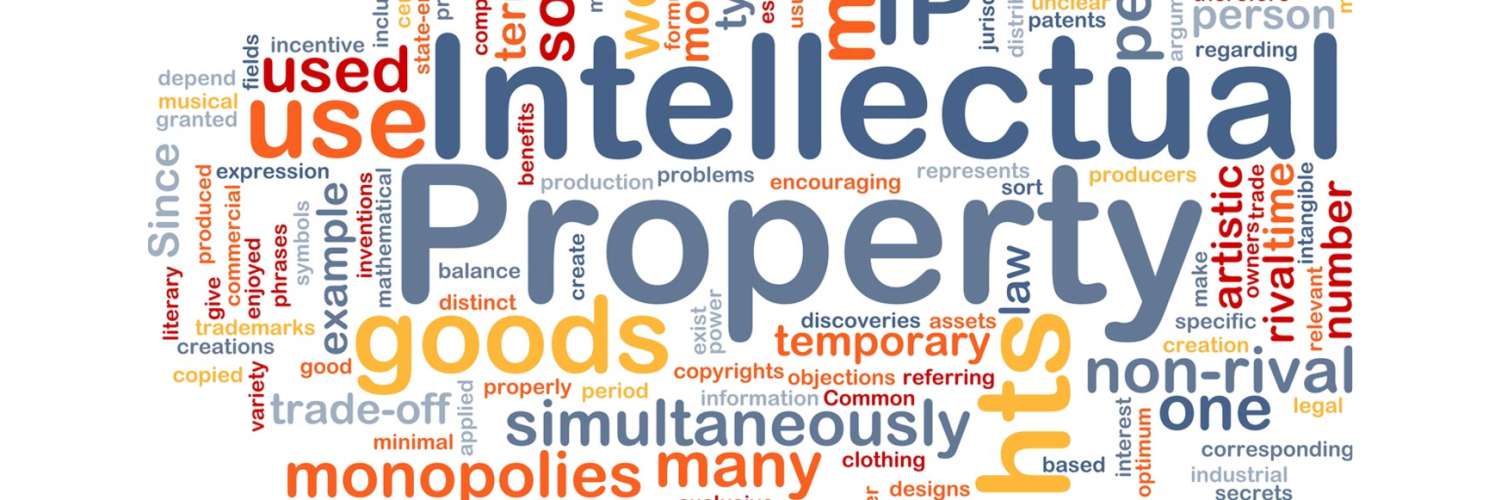Overview
The Designs Act, 2000 along with Designs Rules, 2001 administers the registration and protection of industrial designs in India. The Act came into force on 11th May 2001 by repealing the earlier Act of 1911. The Design Rules, 2001 has undergone further amendments in 2008 and 2014 by Designs (Amendment) Rules 2008 and Designs (Amendment) Rules 2014 respectively. A new category of the applicant as a small entity in addition to natural person and other than small entity was incorporated in the Design Rules by the amendment of 2014. The industrial design identifies the creation of new and original features of the new composition of lines or colours, shape, surface outline, ornamentations applied to an object which in the finished state are judged or appeal solely to the eye.
Related Acts and Statutes
- Designs Act,
- Design (Amendment) Rules, 2014.
Important Definitions
- ‘Design’ under the Designs Act, 2000 is defined as any:
“features of shape, configuration, pattern, ornament or composition of lines or colours applied to any article in two or three-dimensional form, or both, by any industrial process or means – whether manual, mechanical or chemical, separate or combined – which in the finished article appeal to and are judged solely by the eye.”[1]
- ‘Article’ under the Designs Act, 2000
“Article means any article of manufacture and any substance, artificial, or partly artificial and partly natural and includes any part of an article capable of being made and sold separately.”[2]
Who may apply?
The proprietor of any new or original design may apply for a patent of the said new design.
A proprietor means:
- where the author of the design, for good consideration, executes the work for some other person, means the person for whom the design is so executed;
- where any person acquires the design or the right to apply the design to any article, either exclusively of any other person or otherwise, means, in the respect and to the extent in and to which the design or right has been so acquired, the person by whom the design or right is so acquired; and
- In any other case, means the author of the design; and where the property in or the right to apply, the design has devolved from the original proprietor upon any other person, includes that other person.[3]
Where to apply?
In India, the patent office is located in all the four metro cities, i.e. New Delhi, Mumbai, Kolkata and Chennai. All four offices take in design applications, but all subsequent actions like responses and hearings are done only in Kolkata.
Prohibition of registration of certain designs:
A design which
- is not new or original;
- has been disclosed to the public anywhere in India or any other country by publication in tangible form or by use or in any other way prior to the filing date, or where applicable, the priority date of the application for registration; or
- is not significantly distinguishable from known designs or combination of known designs; or
- comprises or contains scandalous or obscene matter shall not be registered.[4]
Procedure:
1.Finding if any registration exists
The first step is to request the design office in the following manner;
- a) application must be filled along with INR 500 if registration no. is known.
- b) if registration no. is not known then along with INR 1000 one can submit an image of the similar
- Application procedure
- a) Design Application form
An application stating the full name, address, nationality, name of the article, class number and address for service in India has to be made along with prescribing a fee of INR 1000. For Foreign applicants it is compulsory to give an address for service in India, else the application will not be processed. In India, a legal practitioner and the registered patent officer can be authorised agent.
Classification of design:
India adopts Locarno classification;
- A list of classes and sub-classes
- An alphabetical list of goods in which industrial design are incorporated.
- Explanatory notes
Representation of designs:
Representation of design means an accurate portrayal of the article for which registration is sought. This includes drawing, photographs, computer graphics etc. it is best to use pictorial representation have to be viewed from all the important angles.
The novelty of design in India
According to Section 4 of design act, a design is eligible to be registered if it is novel or new or original.it is considered as novel if any publication around the world has not anticipated the design.
b) Initial processing of the application
This is the stage where the application gets accorded a date and also gets a serial number which later becomes the registration no. after the registration. If there is any defect in the representation form, then it sent back for correction to the applicant, if not then stored for further processing.
c) Examination
After the filling of an application, it takes two months for the examination report to be issued. In examination, the examiner of design does a formality check the fulfilment of prescribed criteria and also does substantive examination where he checks whether the design is novel or not.
d) Acceptance and notification
If no objections are raised, then the design will be registered. If there are objections, then the applicant will be informed about the same and will be given the time of 6 months from the date of filing of the application during which he has to comply with the objections.
e) Abandonment
If the applicants are failed to comply with objections or don’t respond within the time, then the design should be deemed to be abandoned.
f) Hearing
If anyone contests the objections, then the hearing will be appointed within two months, the result of hearing will determine the validity of the registration. If the applicant is not satisfied with the outcome, then the option of appeal is open.
g) Registration and publication
The application gets registered when the applicant fulfils all the requirements and then it is published in the Patent office journal every Friday.
h) The design is then entered in the Register, and a certificate of registrationis issued.
i) Validity–The registration of a design expires after a period of ten years from the date of registration, and an extension can be filed for another five years too after the expiry.
This whole process of filling in India takes time of 8 to 12 months. Maximum no. of objections are raised only on formality issues. The objection the substantive grounds are very few like novelty and originality of design.
Reference:
- Section 2 (d), Designs Act, 2000.
- Section 2 (a), Designs Act, 2000.
- Section 2(j), Designs Act, 2000.
- Section 4, Designs Act, 2000.









